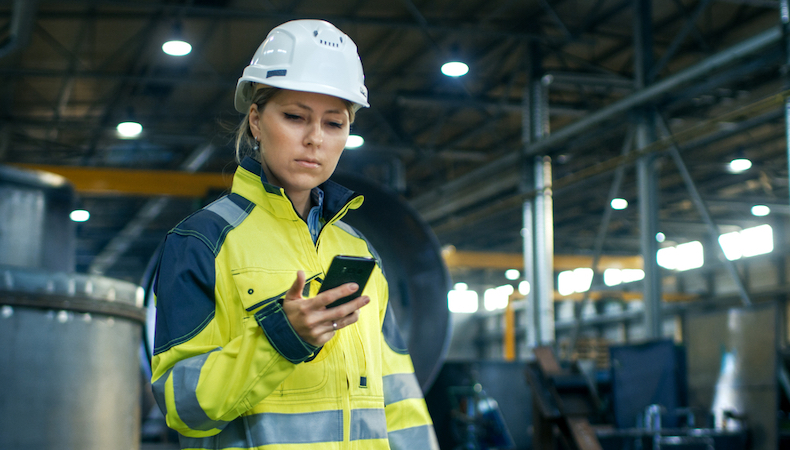7 ways to ensure deskless workers can access your benefits
The UK’s army of deskless workers need easy access to the benefits and products that matter to them the most. A drive for relevance, personalisation and speed should be at the heart of every effort made to support them.
1. Digital access
Above all, the 21st century deskless worker needs quick and simple access to benefits.
At the very least that means access to via a mobile-responsive website and ideally also a synced app.
This two-pronged digital approach provides a seamless experience, whether a worker is on their mobile on the factory floor, a PC in a break-out room, their phone on the bus home or using their tablet watching TV.
Wherever they choose to log on, a digital platform gives deskless workers the same access to their benefits as any desk-based worker.
2. Product integration
The integration that a digital platform provides is another game-changer. A deskless worker may need to quickly download a pension document, check pay slip information or find latest discount vouchers. Being able to log in once and find all of that on the go – without needing multiple passwords – is essential.
3. Personalisation
Personalisation has become a buzz word in HR but is particularly relevant to deskless workers because they often only have time to browse and search content which is pertinent to them.
Targeted communications, and the ability to switch notifications on and off, mean that deskless workers can opt in to receive only those alerts they feel they need - the technology takes care of the rest by curating and triaging.
4. Remote support
If a retail manager or factory worker needs to know something in relation to their pension or access a health and safety policy before moving a pallet of boxes, popping down the corridor or ringing HR is not an option, but an HR app can be just as helpful.
Hitting a ‘Help’ button on their mobile can link them to a call centre, raise a ticket or initiate a chat-bot or call-back function. First line support might be a phone call or call-back. Second line support might be sending some instructions or taking virtual remote control of a device, but the technology allows them to manage the flow.
5. Using data well
The clever use of data is particularly relevant in the deskless environment because of the time issue. Simply by logging in and selecting preferences or entering details, deskless workers supply their company with user information that enables targeted communications.
Then, by monitoring how or when the employee engages with the platform, or which products and partner providers they use the most, companies can reinforce that use with reminders, or prompt them to try new or similar things.
For deskless workers, a notification could be the difference between engagement and non-engagement.
A central requirement is to allow people to give and receive data, which is now tightly regulated.
From a data security point of view, workers will not use a platform if they do not trust it, and a well-built digital platform is set up to protect employees’ sensitive data so that they can access all these services assured that their data is hosted securely and protected by company policies and procedures.
6. Power of listening
Deskless workers can feel disempowered and disenfranchised and are often asked by company leaders and HR about what people want and value.
The key to this is a push-pull dynamic of being able to provide feedback and companies being set up in a way to listen and act.
HR apps can include simple feedback tools that can be personalised and tailored to each workforce. By connecting the unconnected, businesses can better satisfy a key demographic, many of whom are deskless.
7. Education
Reinforcing to people – both online and offline - how they can access and use the platforms and benefits available to them is vital.
This can be achieved through a multitude of moments throughout a worker’s employment, starting with recruitment, through onboarding and induction, as a part of CPD training and the review process.
It might also be signposted through other digital communications, or initiatives around health or financial wellbeing or a company’s employee assistance programme.
Old-fashioned posters and leaflets also still work to great effect, signposting workers to content and services that are relevant to them back in the digital environment.
Anywhere deskless workers encounter these products and services, they can be reminded about the technology, how to use it and how it can help them.
Technology is continuously developing all the time, making it easier for people of all ages to engage with benefits.
HR apps provide quick access and product integration in the palm of an employee’s hand.
Wearables and fitness apps are starting to drive even deeper use and understanding of people’s health and the tools available to enhance it.
By staying informed and agile to change we can give deskless workers the best possible chance to access and value their benefits.
Supplied by REBA Associate Member, Personal Group
Personal Group provides the latest employee benefits and wellbeing products.








